Concentric circle movement: Approx. 23degree (close to the front)
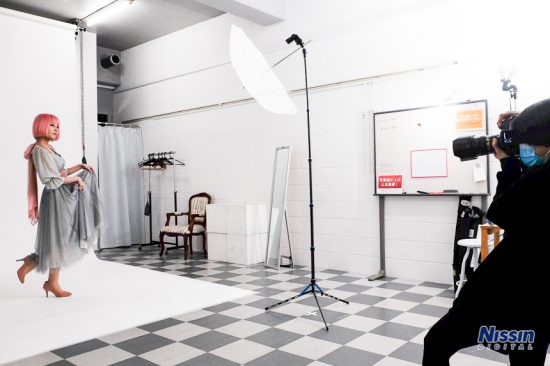
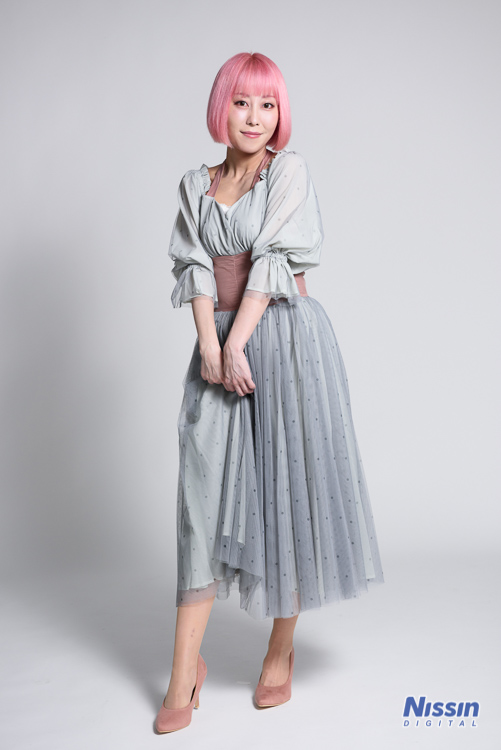
Compared to the basic position, the light circulates better and gives a brighter impression.
It looks a little flat compared to the 45° photo, but it also has a good three-dimensional effect. The shadows are reduced and the expression becomes brighter.
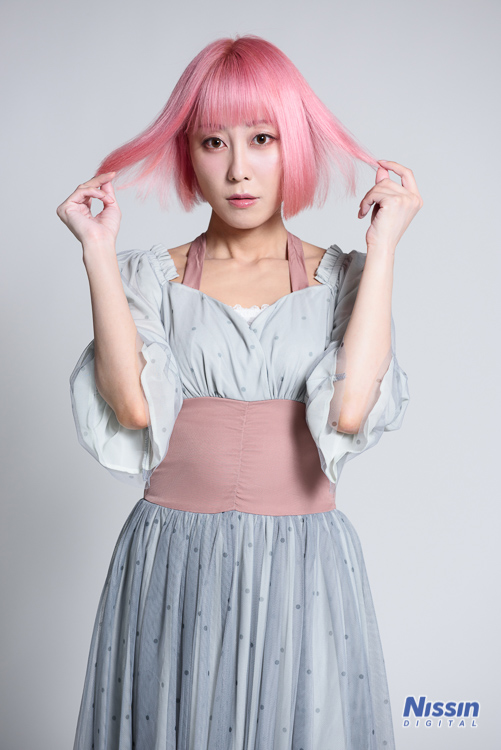
It is recommended when you want a little three-dimensional effect while producing softness and brightness.
Concentric circle movement: 0 degree (front)
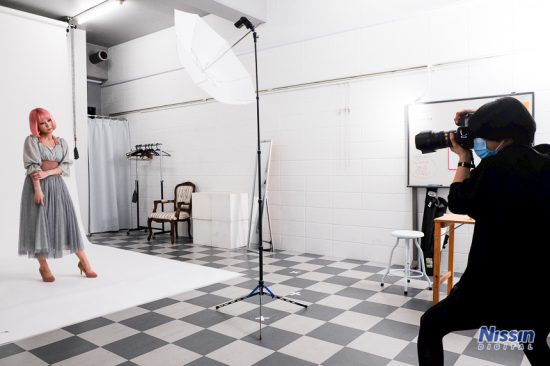
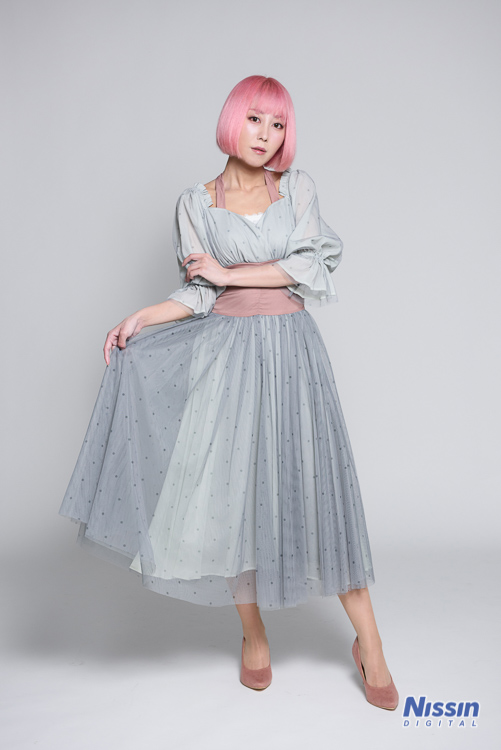
There is very little shading compared to the basic position. Because of the added height, shadows are created only in the downward direction (such as under the chin).
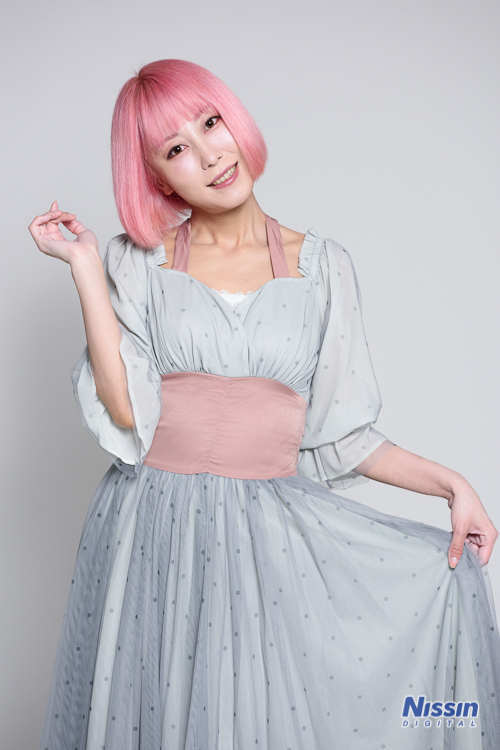
Since there is no shading in the horizontal direction, there is little sense of three-dimensionality.
This is the type of lighting you want to use when you want to give a bright, energetic, or youthful impression.
Now let’s move from the basic position to the side (of the subject).
Concentric circle movement: Approx. 68 degree (closer to the side)
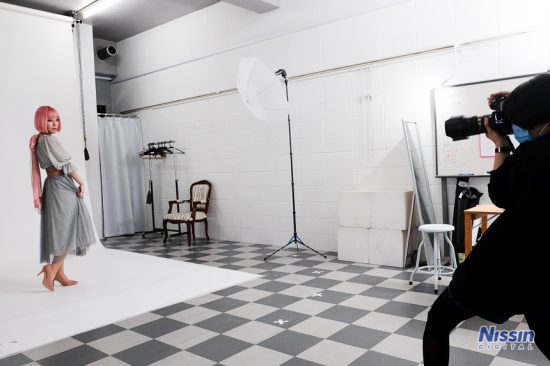
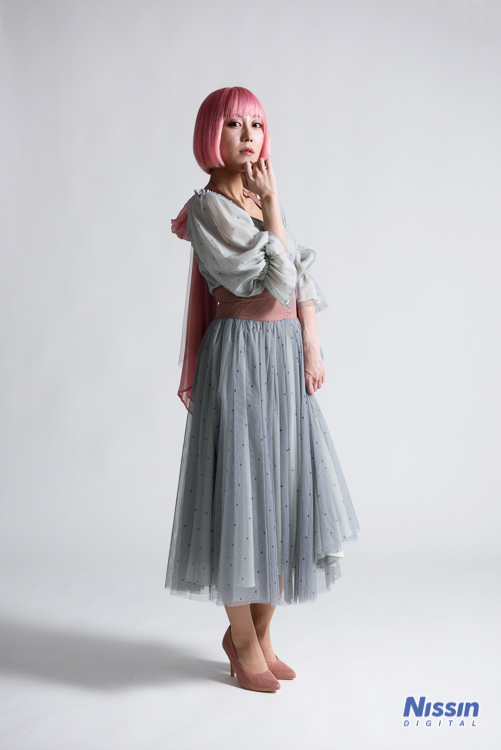
The shadow area increases compared to the basic position. There is a three-dimensional effect and a slightly dark atmosphere has emerged.
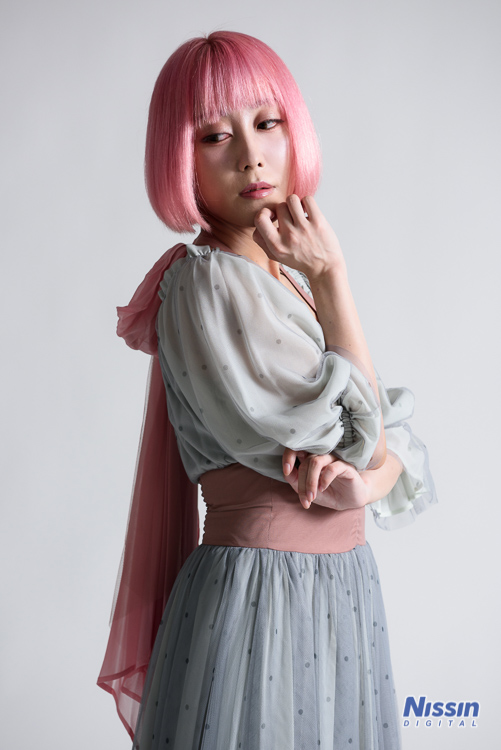
This lighting is used when you want to create a cool atmosphere, a shaded expression, or an adult-like feeling.
Concentric circle movement: 90 degree (right beside)
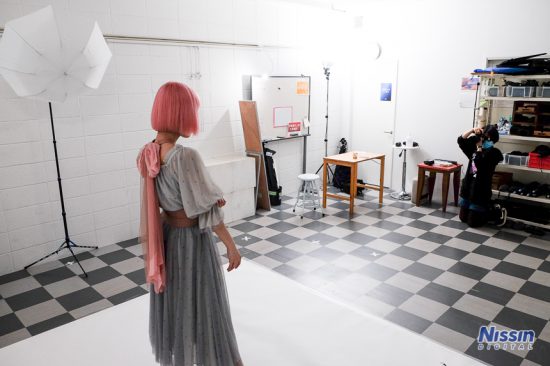
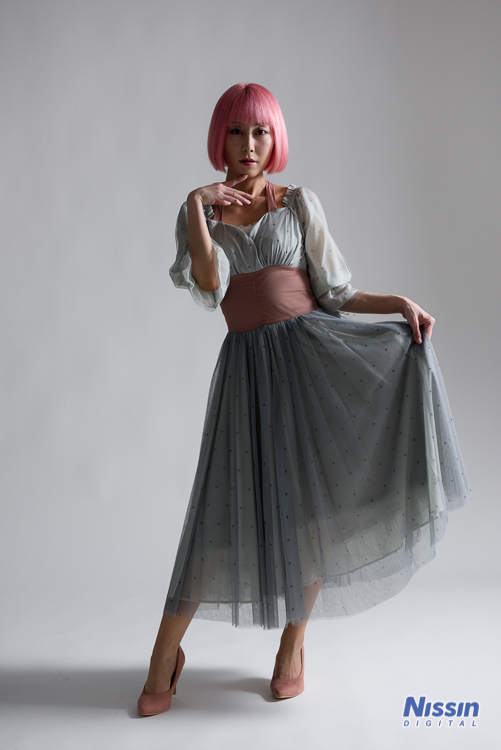
Lighting that shadows half of the face, so-called split lighting.
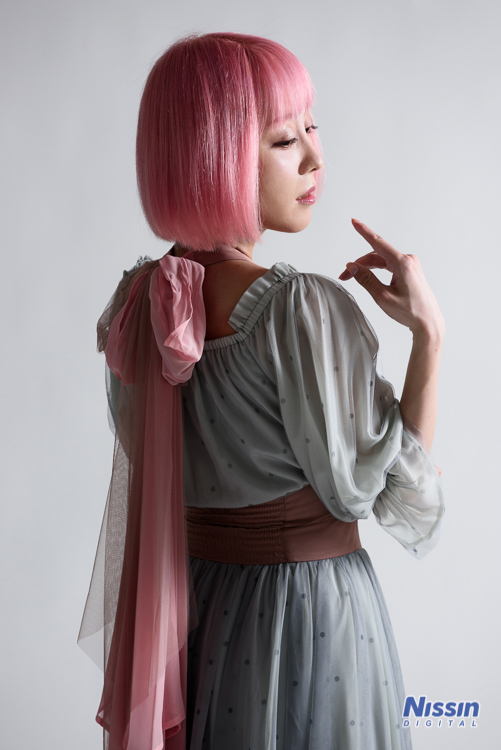
This lighting is used when you want to create a dark impression or a cool atmosphere.
Since the light hits from the side, it is also recommended to have the subject turn to the light and aim at the profile.
Next, if you move further back from the side, there will be more shadows.
Concentric movement: Approx. 113 degree (backward)
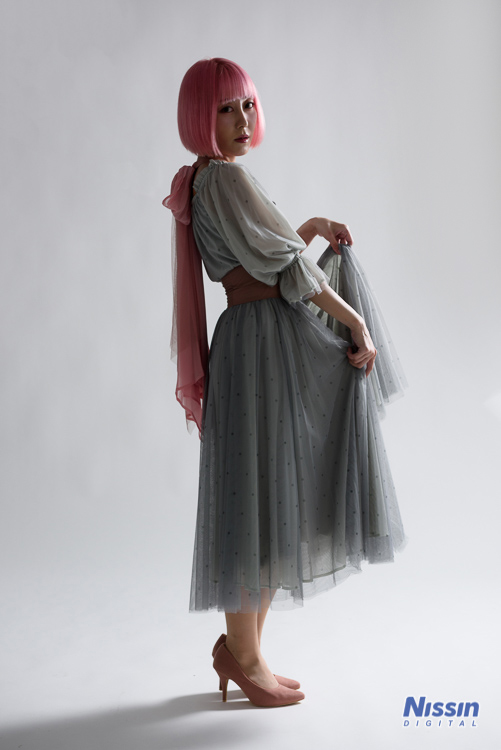
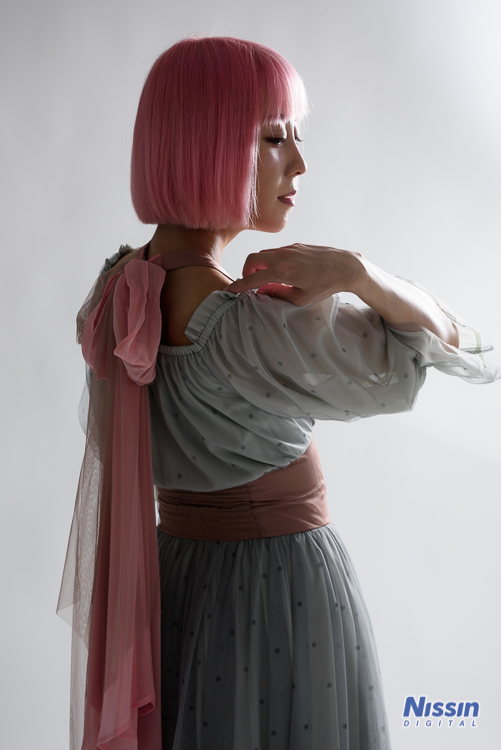
This light is called half-backlighting, but it darkens the expression and makes it more dramatic. The more shadows there are, the more imaginative the expression becomes.
Concentric circle movement: Approx. 135 degree (backward)
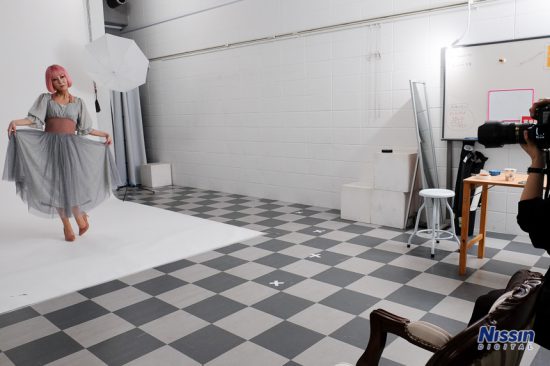
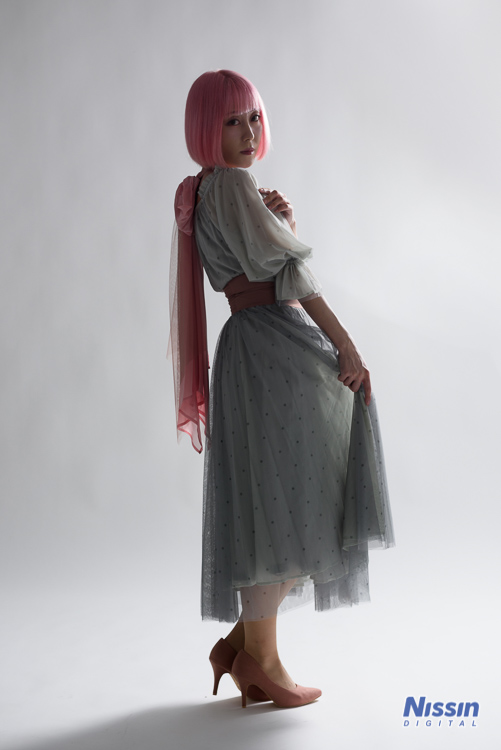
Compared to the basic position, the face is hardly exposed to light and the silhouette is emphasized.
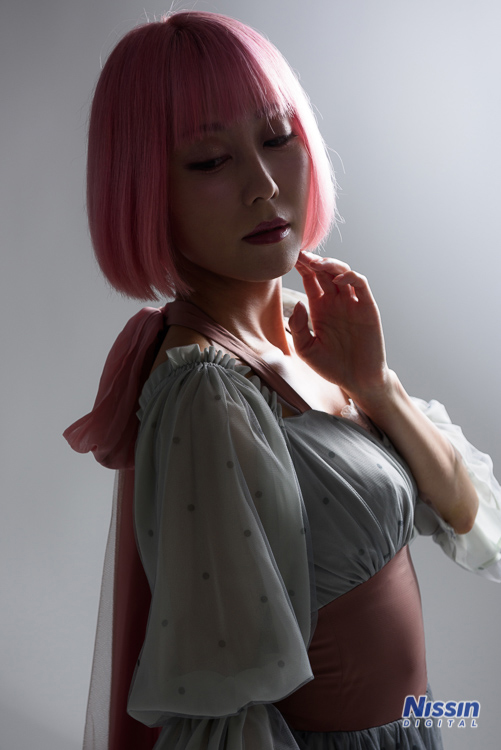
The reflected light wraps around from the white wall or background paper and you can see the expression faintly, but if you put a black reflex etc.
On the shadow side and tighten it black, it will be completely shadowed. On the other hand, if you want to make the shadow brighter, place a white reflex or white kapok on the shadow side.
So finally, let’s see what happens when you change the “Distance”.
